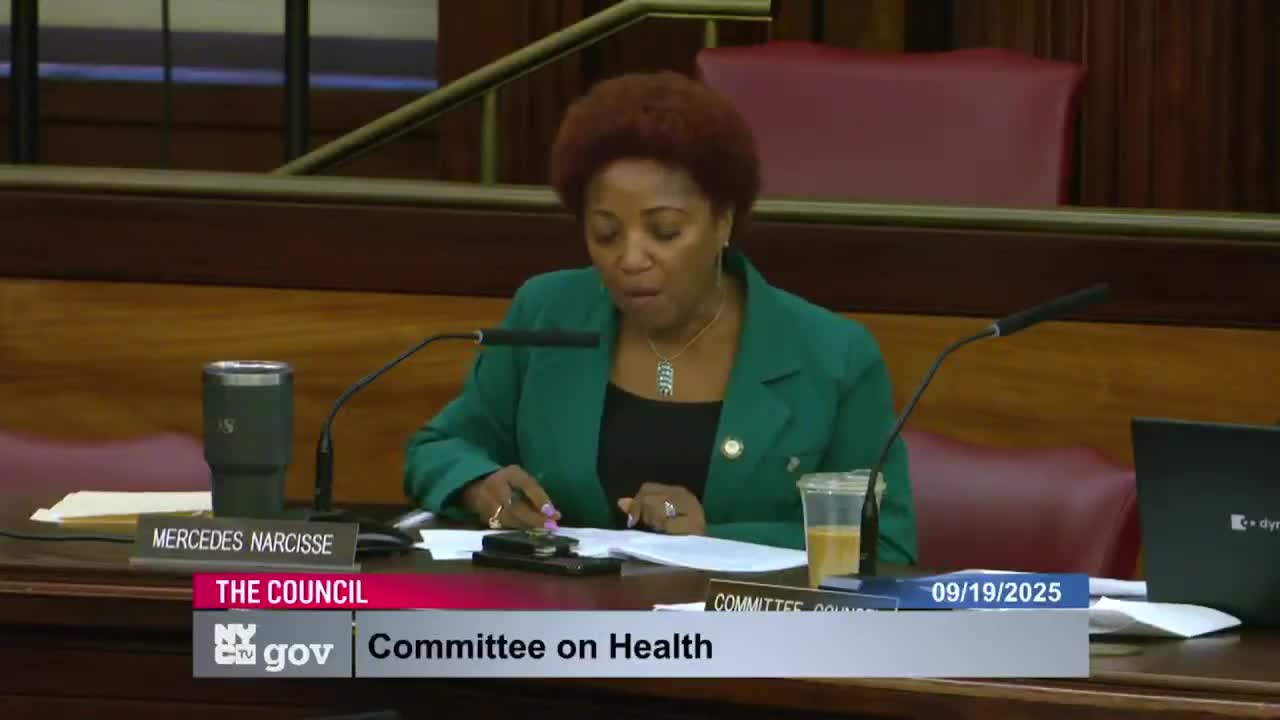Health Expert Outlines Legionnaires Disease Incubation Period and Key Symptoms
September 20, 2025 | New York City Council, New York City, New York County, New York
This article was created by AI summarizing key points discussed. AI makes mistakes, so for full details and context, please refer to the video of the full meeting. Please report any errors so we can fix them. Report an error »

In a recent government meeting focused on public health, officials addressed the critical issue of Legionnaires’ disease, emphasizing the importance of timely awareness and action. As the discussion unfolded, a key question emerged: what is the typical incubation period for this serious illness?
Health experts clarified that symptoms of Legionnaires’ disease can appear anywhere from 2 to 10 days after exposure to contaminated water droplets, with some cases taking up to two weeks. The symptoms to watch for include fever, cough, difficulty breathing, muscle aches, and overall fatigue. Officials urged community members to seek medical attention promptly if they experience these symptoms, as early diagnosis is crucial for effective treatment.
However, the conversation took a more urgent tone as concerns were raised about the potential confusion surrounding early information. One participant highlighted the need for clear communication, stressing that individuals should not wait until severe symptoms develop or, worse, until fatalities occur to seek help. This sentiment underscored the meeting's overarching goal: to enhance public safety and ensure that New Yorkers are well-informed about the risks associated with Legionnaires’ disease.
As the meeting concluded, the emphasis on proactive health measures resonated strongly. With the right information and swift action, officials hope to prevent outbreaks and protect the community from this potentially deadly disease. The discussions serve as a reminder of the vital role public health education plays in safeguarding the well-being of all New Yorkers.
Health experts clarified that symptoms of Legionnaires’ disease can appear anywhere from 2 to 10 days after exposure to contaminated water droplets, with some cases taking up to two weeks. The symptoms to watch for include fever, cough, difficulty breathing, muscle aches, and overall fatigue. Officials urged community members to seek medical attention promptly if they experience these symptoms, as early diagnosis is crucial for effective treatment.
However, the conversation took a more urgent tone as concerns were raised about the potential confusion surrounding early information. One participant highlighted the need for clear communication, stressing that individuals should not wait until severe symptoms develop or, worse, until fatalities occur to seek help. This sentiment underscored the meeting's overarching goal: to enhance public safety and ensure that New Yorkers are well-informed about the risks associated with Legionnaires’ disease.
As the meeting concluded, the emphasis on proactive health measures resonated strongly. With the right information and swift action, officials hope to prevent outbreaks and protect the community from this potentially deadly disease. The discussions serve as a reminder of the vital role public health education plays in safeguarding the well-being of all New Yorkers.
View full meeting
This article is based on a recent meeting—watch the full video and explore the complete transcript for deeper insights into the discussion.
View full meeting
